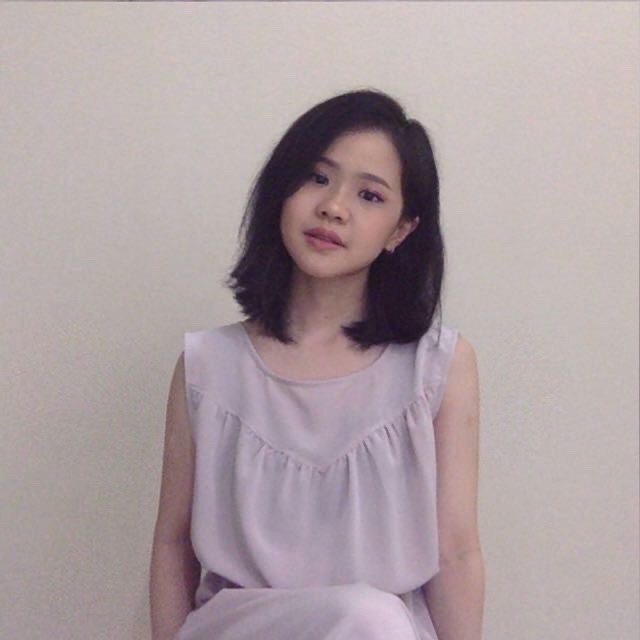AI in Fashion
Artificial Intelligence (AI) has emerged as a transformative force in the world of fashion, revolutionizing how we design, create, market, and consume clothing and accessories. Its integration into the industry has brought about groundbreaking advancements, reshaping the landscape in remarkable ways. At its core, AI’s influence on fashion stems from its ability to analyze vast amounts of data with unparalleled speed and precision. This data-driven approach has proven invaluable in understanding consumer behavior, predicting trends, and personalizing the shopping experience.
One of the most prominent applications of AI in fashion lies in trend forecasting. By analyzing social media, runway shows, online searches, and sales data, AI algorithms can identify emerging trends far quicker than traditional methods. This foresight enables designers and brands to adapt swiftly to consumer preferences, reducing lead times and ensuring they stay ahead in a fast-paced industry. Moreover, AI-driven personalization has transformed the retail experience. Recommender systems powered by AI algorithms provide tailored suggestions to consumers, enhancing their shopping journeys. Whether it’s suggesting complementary items based on past purchases or offering personalized styling advice, AI enhances engagement and boosts customer satisfaction. Design and creation have also been impacted by AI. Designers now leverage AI-powered tools to streamline the creative process, from generating design concepts to optimizing patterns and even predicting potential market success based on historical data. This collaboration between human creativity and AI’s analytical capabilities leads to more efficient workflows and innovative design outcomes. Additionally, AI has revolutionized inventory management and supply chain operations. Machine learning algorithms analyze inventory data, predict demand, optimize stock levels, and even help in reducing waste by forecasting production needs accurately.
The fusion of AI and fashion isn’t limited to the backend operations; it’s also altering the way consumers interact with fashion. Virtual stylists powered by AI, chatbots offering customer service, and virtual fitting rooms utilizing augmented reality redefine the shopping experience, making it more interactive, convenient, and personalized. However, challenges persist, including ethical considerations regarding data privacy, biases in algorithms, and the environmental impact of technological advancements. Balancing innovation with responsibility remains crucial as the industry navigates this evolving landscape. AI’s integration into fashion is a testament to its transformative power, transcending mere functionality to become an intrinsic part of the industry’s evolution. As technology continues to advance, the synergy between AI and fashion promises further innovation, continually reshaping the way we create, consume, and experience style. The future of fashion is undoubtedly intertwined with the ever-evolving capabilities of artificial intelligence.


